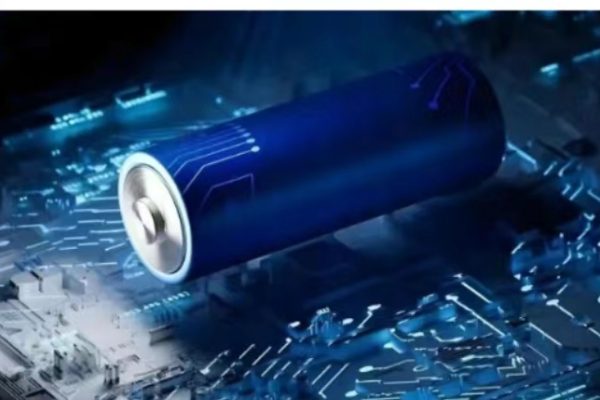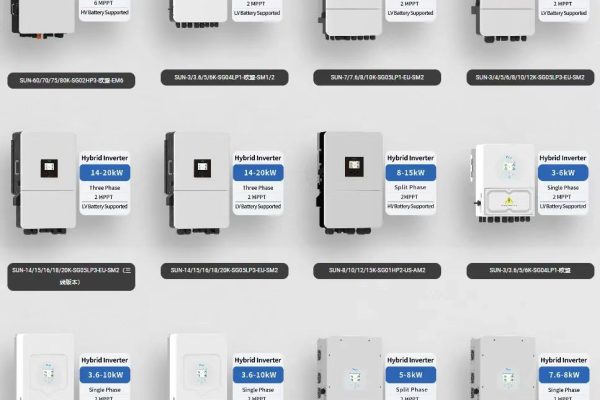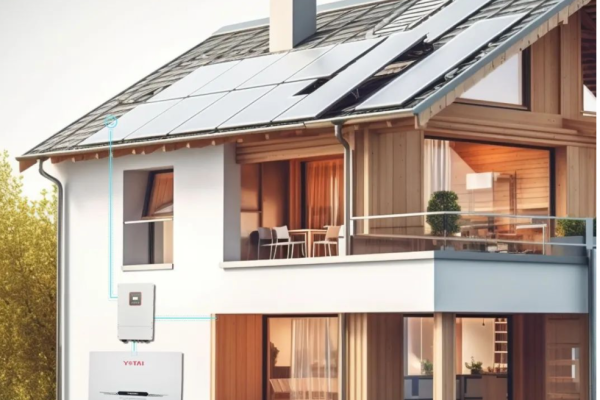As the global energy landscape continues to shift toward renewables, energy storage systems (ESS) are becoming indispensable. From solar and wind integration to data centers, microgrids, and residential energy management, storage is no longer optional—it is essential. Amid this rapid growth, one design philosophy is taking center stage: modular storage design.
Modularity in storage is not merely a technical adjustment; it represents a fundamental industry shift. It is a response to the need for cost efficiency, scalability, and adaptability across diverse applications. This article explores the drivers, benefits, global adoption, and future outlook of modular storage design.
Why Modular Design?
Traditional ESS deployment has often been highly customized—systems were engineered project by project. While this allowed tailored solutions, it also introduced several limitations:
- Long engineering cycles: Each project required extensive design and integration.
- Poor scalability: Expansion meant redesigning or overhauling the system.
- High O&M complexity: Custom systems complicated monitoring and maintenance.
By contrast, modular design emphasizes standardization, scalability, and interchangeability:
- Cell → Module → Battery Rack → System → Containerized Solution
This “building block” approach makes storage systems more like LEGO—configurable, expandable, and easier to maintain.
Global Drivers of Modular Storage
1. Renewable Energy Integration
Renewable generation is inherently intermittent. Modular storage enables quick deployment and incremental scaling, making it easier to stabilize grids.
2. Cost Pressures
The storage industry is in a race to cut costs. Modular design reduces engineering time, installation labor, and maintenance overhead, all while supporting economies of scale.
3. Policy & Safety Requirements
Stricter safety standards in the U.S., EU, and Asia require fine-grained monitoring and fault isolation. Modular systems make it easier to comply with these evolving regulations.
4. Application Diversity
From residential storage to C&I projects to utility-scale plants, modularity allows the same basic components to serve different needs without reinventing the system.
Key Advantages of Modular Storage
- Scalability
Start small and expand as needed—perfect for microgrids, community energy projects, and growing C&I users. - Standardization
Unified interfaces and form factors simplify installation and lower the barriers for supply chain collaboration. - Maintainability
A faulty module can be swapped without shutting down the system, improving uptime and lowering service costs. - Safety
Granular battery management (BMS) allows module-level monitoring and isolation, reducing risks of cascading thermal events. - Flexibility
Whether packaged as wall-mounted residential batteries or containerized multi-MWh systems, modular designs allow diverse configurations.
Global Market Adoption
North America
Driven by the U.S. Inflation Reduction Act (IRA), modular storage is scaling rapidly across community solar, C&I, and utility segments. Products emphasize plug-and-play scalability, with containerized modular solutions leading the way.
Europe
Europe’s market is defined by strict grid codes and safety standards. Modular systems—especially residential and small commercial—align well with CE and IEC requirements, and manufacturers focus on safe, compact solutions.
Asia-Pacific
China, the world’s storage manufacturing hub, has already embraced modular architecture as mainstream. Leading players like CATL (EnerOne) and BYD focus on standardized modules and containerized delivery. Japan and South Korea emphasize safety and high energy density, making modular approaches equally attractive.
Emerging Markets
In regions such as Africa, Latin America, and the Middle East, modular design is a natural fit for off-grid and microgrid solutions. Its flexibility and ease of deployment meet the infrastructure challenges of these geographies.
Technology Trends in Modular Storage
- High-Voltage Modules
The industry is moving from low-voltage (48V) to high-voltage (150–1000V) modules, boosting system efficiency and reducing cabling losses. - Smart BMS Integration
AI-powered BMS and IoT connectivity allow real-time module-level optimization, enhancing system reliability and lifespan. - Hybrid Modular Systems
Modularity is expanding beyond batteries to include inverters, PCS, and controllers—paving the way for true plug-and-play ESS. - Second-Life Battery Integration
Standardized module designs accelerate the reuse of retired EV batteries, lowering costs and supporting circular economy goals.
Challenges Ahead
Despite its promise, modular storage faces several challenges:
- Lack of universal standards: Proprietary module sizes and interfaces limit interoperability.
- Short-term costs: Standardized modules can be more expensive than project-specific designs until volumes scale further.
- Safety risks: Modular systems still require advanced thermal management to fully prevent runaway scenarios.
- Recycling complexity: Easier deployment increases circulation, but recycling and disposal systems need to catch up.
Case Studies
- CATL EnerOne: A liquid-cooled, high-voltage modular ESS designed for utility-scale use. Each unit is a standardized building block, reducing installation time and O&M costs.
- Tesla Megapack: While marketed as a large-scale ESS, its architecture is inherently modular. Multiple Megapacks can be combined seamlessly, showcasing modularity at gigawatt-hour scale.
- Sungrow PowerTitan: A containerized modular ESS solution focusing on integrated safety systems and rapid deployment.
These examples highlight how modularity is enabling global leaders to address scale, safety, and cost challenges.
Modular storage design is no longer optional—it is fast becoming the global standard. By enabling scalability, standardization, and adaptability, it empowers utilities, businesses, and households alike to embrace renewable energy with confidence.
As technical standards converge and costs fall, modular systems will dominate the ESS market. They will not only drive cost reduction and safety improvements but also accelerate global adoption of renewable-powered grids.









